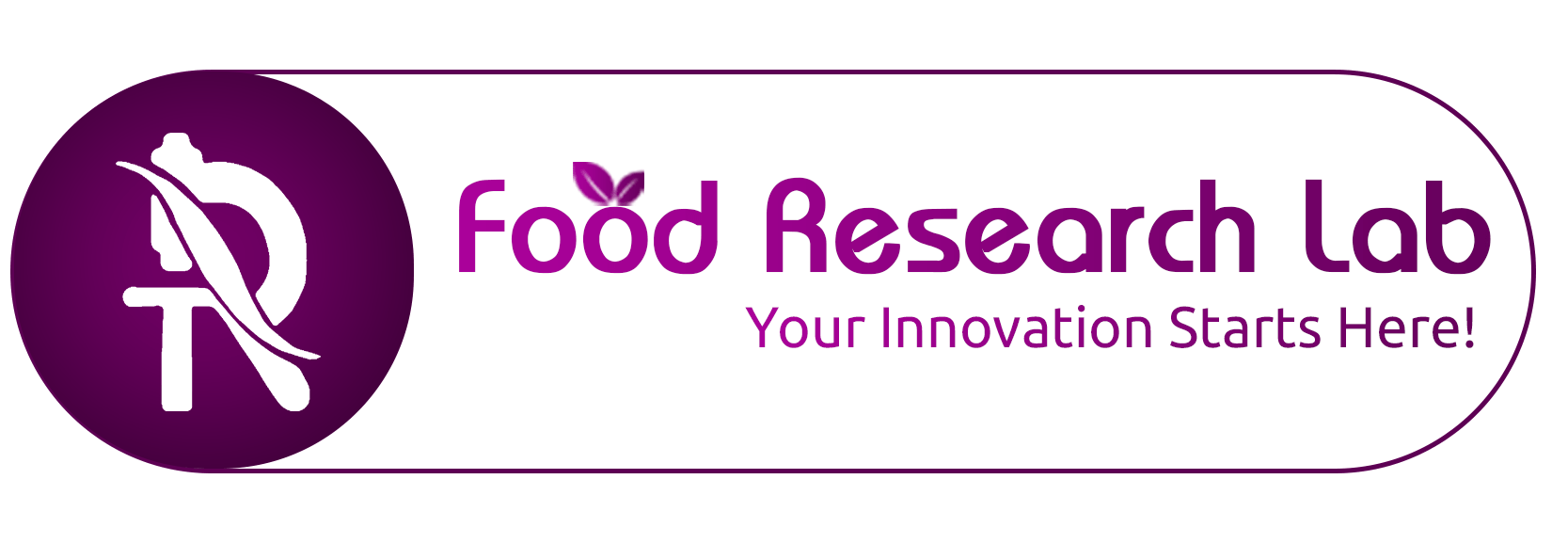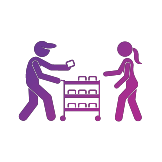Sensory Testing
Using the panelists’ senses of sight, smell, taste, touch, and hearing, sensory analysis/testing investigates the qualities (texture, flavor, taste, look, fragrance, etc.) of a product or food. Food products have been accepted or rejected using this kind of analysis for ages. In the past, while evaluating the quality of food, it was thought to be a methodology that complemented technology and microbiological safety. Nonetheless, given its significant development and influence over the past few decades, it is now regarded as one of the most crucial approaches for innovation and implementation in order to guarantee consumer acceptance of the finished product.
Modern sensory techniques have developed into newer, faster, more complete methods: check-all-that-apply (CATA), napping (N), flash profile (FP), temporal dominance of sensations (TDS), etc., along with an important and sufficient statistical analysis. Traditional sensory techniques, such as discriminatory, descriptive evaluations, preference, and hedonic tests, are still widely used today. 1
References:
Key contact
For further information or prices please contact us:





